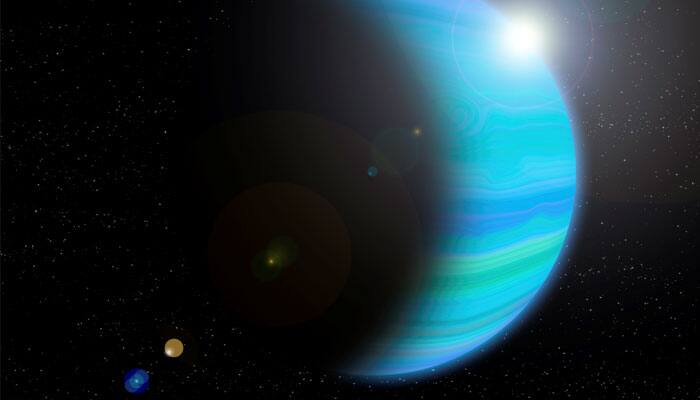Washington: Earth-like planets with two suns - such as Tatooine in the 'Star Wars' series - may exist and could potentially support life, a new research has claimed.
Luke Skywalker's home in "Star Wars" is the desert planet Tatooine, with twin sunsets because it orbits two stars.
So far, only uninhabitable gas-giant planets have been identified circling such binary stars, and many researchers believe rocky planets cannot form there.
Now, mathematical simulations show that Earth-like, solid planets such as Tatooine likely exist and may be widespread.
"Tatooine sunsets may be common after all," concludes the study by astrophysicists Ben Bromley of the University of Utah and Scott Kenyon of the Smithsonian Astrophysical Observatory.
"Our main result is that outside a small region near a binary star, (either rocky or gas-giant) planet formation can proceed in much the same way as around a single star," they wrote.
"In our scenario, planets are as prevalent around binaries as around single stars," said researchers.
"The 'made easy' part is really saying the same recipe that works around the sun will work around Tatooine's host stars," said Bromley.
"When planets form around a binary, the binary scrambles up the dust bunnies unless they are on just the right orbit," Kenyon said.
Scientists call that a "most circular orbit," which in reality is a not-quite-circular, oval-shaped orbit in which the entire oval has numerous little waves in it, Bromley said.
"It's an oval with ripples," which are caused by the cyclic tugging of the two central stars, he added.
For over a decade, astrophysicists believed that planets like Earth could not form around most binary stars, at least not close enough to support life.
"The problem is that planetesimals need to merge gently together to grow. Around a single star, planetesimals tend to follow circular paths ? concentric rings that do not cross. If planetesimals do approach each other, they can merge together gently," said Bromley.
But if planetesimals orbit a pair of stars, their paths get mixed up by the to-and-fro pull of the binary stars, Bromley said.
Their orbits can get so tangled that they cross each other's paths at high speeds, dooming them to destructive collisions, not growth.
The new study shows that planets, when they are small, will naturally seek these oval orbits and never start off on circular ones.
If the planetesimals are in an oval-shaped orbit instead of a circle, their orbits can be nested and they won't bash into each other. They can find orbits where planets can form.
The study appears in the Astrophysical Journal.
















